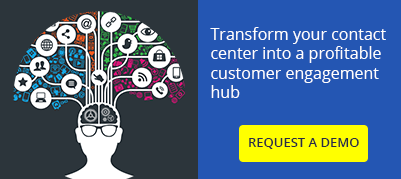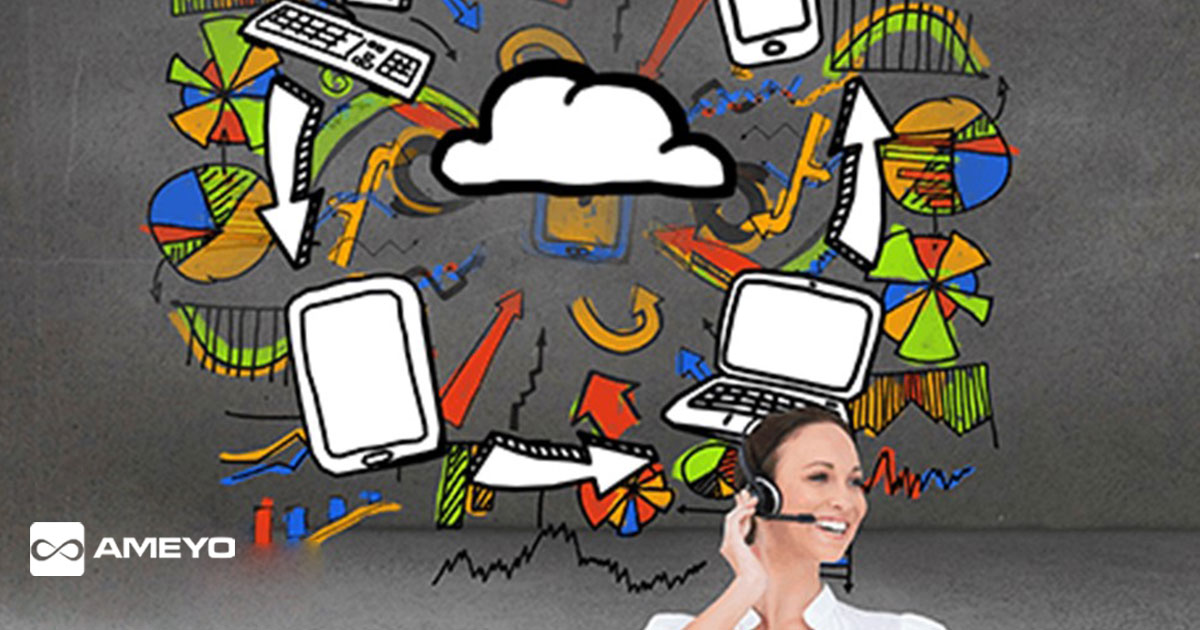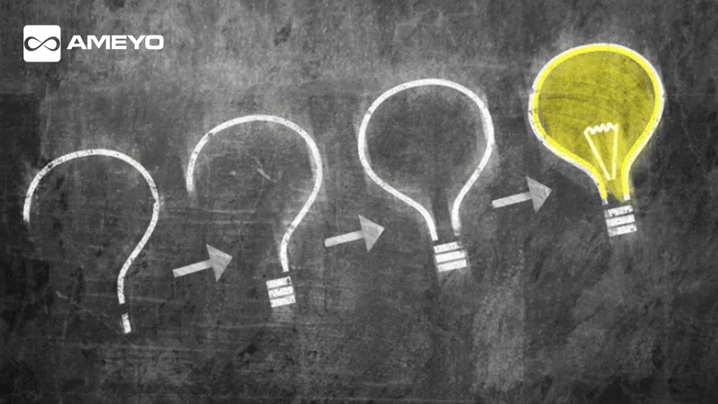Customers demands are increasing with the rapid onset of technological innovation. They have already had great customer experiences with market leaders, and have seen first-hand what great customer experience looks like. One thing they know for certain – a company that makes them feel special is a company they should be investing their hard-earned money in. And, the best way to gain a loyal customer is by having awesome customer interactions and build long-lasting relationships with them.
For example, if your customer service representatives are rude to the customer, they will surely be unhappy with your customer service. And, if you suddenly realized your employees are not delighting customers, you should focus your efforts on finding out the reason behind the problem. No one wants to be rude or perform poorly – they are just unable to do so with whatever they have at their disposal.
Definition of Customer Interaction
This is the most basic form of communication between the company and the customer. Every single interaction is another opportunity for your business to delight customers and retain them.
Types of Customers
There are four types of customers you are likely to encounter:
- Existing Customers: the ones who you already know and are actively serving.
- New Customers: the ones who have not yet invested, but are extremely likely to do so .
- Past Customers: the ones who have discontinued doing business with you.
- Prospective Customers: these are your future customers.
Types of Customer Interactions
Great! So there are 4 types of customers. With them, you can essentially have 4 types of customer interactions:
- General Interactions: These are usual interactions with your business. For example, checking your cell phone balance or inquiring about your latest products.
- Predictable Interactions: These interactions are predictable and can happen from time to time, thus making them easy to plan for in advance. For example, when an insurance policy holder calls the company for the very first time to inquire about their claims process.
- Unpredictable Interactions: These interactions, as the name implies, are unpredictable in nature and can’t be planned in advance. For example, if the company’s website goes down during a transaction or the server presents an error.
- Unwanted Interactions: These interactions have the potential to damage a company’s reputable, and thus, are unwanted. An interesting thing to note is that these customers here are highly engaged, so ignoring them is not an option. For example, when a telecom operator charges a customer for a value added service he didn’t opt for.
Customer Interaction Life Cycle
The Customer Interaction Life Cycle is a pattern of behavior that is used to interact with customers in an interaction. There are 5 stages in the customer interaction lifecycle:
- Greeting
- Understanding
- Agreeing
- Solving
- Closing
Importance of Customer Interactions
Customer service has always been considered a reactive process. Customers contact a company when something goes wrong, and the company solves the customer’s problem. However, it has changed more to a proactive role with the introduction of social media and other platforms. It is a part of the entire customer experience, not the entire experience itself.
Moreover, a customer who receives a bad customer service experience will spread negative word of mouth reviews about the company to his friends and family. According to American Express 2012 Global Customer Service Barometer, Consumers are 2x more likely to share their bad customer service experiences than they are to talk about positive experiences.
However, if such an event does occur, interacting with the customer is the best way to identify what is causing the problem and solve it immediately.
Skills for Customer Interaction Management
When’s the last time you talked to a customer service representative and were amazed with his relationship building skills? Not too many, I presume. People often ask for the right set of skills for customer interaction management, or whether any such set of skills even exist.
Although customer service is pretty challenging to take up as a full-time profession, there are a few pointers that can help you in managing customers effectively:
- Be empathetic with your customers and sympathize with them.
- Don’t focus on the negative, focus on the positive.
- Be Attentive, friendly and listen to what your customers are saying.
- Know what you’re dealing with, in terms of the product & technology.
- Be patient and calm.
- Learn from every single customer you deal with.
Definition of Customer Interaction Management (CIM)
Customer interaction management is the process followed by companies to interact with its customers. A customer interaction management solution is a software or system that facilitates the interaction between the company and its customers. It is also designed to help managers handle teams much better for maximum efficiency and performance.
Difference between Customer Interaction Management (CIM) and Customer Relationship Management (CRM)
A great analogy to illustrate the difference between CIM and CRM is to think of your company’s customer interaction management as a waiter interacting with customers at a restaurant. Although he is the most front-facing employee who interacts with the customer, the real brains behind the restaurant is the customer order tracking system – or in this case, the CRM. CIM is the contact center industry’s answer to a CRM, and manages customer data during the entire customer journey.
Customer Interaction Questions You Should Ask Yourself
- How well do I know the customer?
- Am I putting in enough effort to identify customers who are at risk of a bad customer experience?
- Am I focusing on the entire customer journey?
- Am I properly interacting with customers and delivering business value?
Using Workforce Management to Better Serve Customers
Your goal should be to make sure every single employee is efficiently doing their job and are empowered to deliver 100% of their capabilities. They need to be highly informed and kept in-the-loop, with technology complementing their work. Here are some
best workforce management practices for contact centers.





